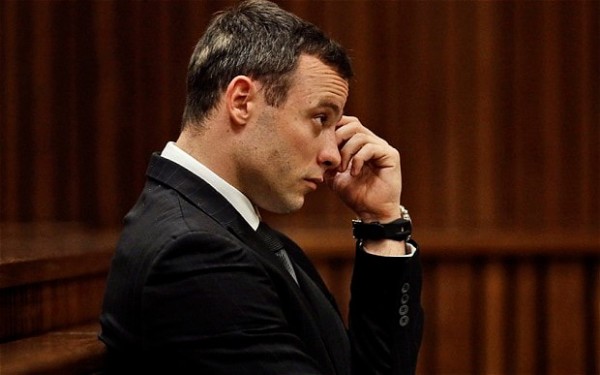Stewart v. Stewart 2016 BCSC 1576 was a contested application for adding defendants to a court action commenced by one of four children to wind up a trust.
The application to add the remaining three children as defendants was opposed on the basis that the trustee could and would represent the interests of the other three children.
The court allowed the three defendants to be added as parties as there was a different legal position being put forward between the -plaintiff as a beneficiary and the applicants to be added as defendants as beneficiaries.
A: RULE 6-2(7)(b)
[34] This subrule provides two alternate tests:
- whether the person ought to have been joined as a party, or
- whether that person’s participation in the proceeding is necessary to ensure that all matters in the proceeding may be effectually adjudicated on.
[35] The Applicants, relying on Kitimat (District) v. Alcan Inc., 2006 BCCA 562 at para. 28, submit that if either of the circumstances referred to in paragraph 34 above arise, then the person should be added as a party.
[36] They argue it is necessary to join the Applicants as defendants since their direct interests might be affected by the granting of the relief sought in the NOCC.
[37] Kitimat was considered and applied in Delta Sunshine Taxi (1972) Ltd. v. Vancouver (City), 2014 BCSC 2100 at para 14:
[14] “Ought” is a broader concept than “necessary” and includes situations in which joining the person may be more than mere convenience but less than necessity (Kitimat at para. 29). Necessary parties are those whose direct interests might be affected by the relief sought (Canadian Labour Congress v. Bhindi (1985), 1985 CanLII 384 (BC CA), 61 B.C.L.R. 85 at 94 (C.A.) (Canadian Labour Congress), Kitimat at paras. 30-32). In Kitimat, the petitioners sought to quash a decision of the province that authorized Alcan Inc. (“Alcan”) to sell hydro power that it produced for use outside of Kitimat’s aluminum industry, without adding Alcan as a party. The Court found that Alcan ought to have been joined and that Alcan was a necessary party because a binding order would limit the instruments held by Alcan, without its participation. In other words, the effect of the petition could be to limit the ability of Alcan to sell the hydro power it produced, so affecting the value of the power and the financial interests of Alcan
[38] Their arguments include:
- as in Kitimat, the relief sought by the plaintiff in these proceedings will affect the Applicants’ rights and interests under the Trusts. If the plaintiff is successful, there will be a direct financial impact on the Applicants in that among other relief, the plaintiff seeks orders that QPPC and its subsidiaries, ABC and its subsidiaries, the Stewart Trust, and the Martin Trusts be liquidated, dissolved or wound up and the Trustees of the Stewart Trust and Martin Trusts distribute one-quarter of the assets held by the Trusts to each of the plaintiff, and the Applicants, adjusted for any unequal distributions;
- accordingly, if the plaintiff’s claims were successful, the operations of QPPC, ABC, and their subsidiaries would be terminated prematurely. The Stewart Trust and the Martin Trusts would also be terminated, the Trust assets distributed, and the Applicants’ rights and interests as beneficiaries under those Trusts would be eliminated;
- the Stewart Trust and the Martin Trusts are a major source of income for the Applicants. The plaintiff has stated that the Applicants and the plaintiff have received over $34 million in equal shares from the Stewart Trust alone since its settlement. The relief sought by the plaintiff in these proceedings would terminate this ongoing income source;
- it is no answer for the plaintiff to say that the interests of the Applicants are not directly affected because they would be entitled to a distribution of an approximately equal share of the trust property should the relief be granted. The plaintiff has pled that the purpose of the Trusts was to allow the Deceased’s assets to grow in a consolidated and diversified manner for the benefit of the Deceased’s children and their issue.
- this is not one of those situations where the beneficiaries’ input is necessary or helpful;
- to the extent that any of the interests of the beneficiaries of the family trusts are affected by the claims brought in the within proceeding, their interests ought to and can be protected by the defendant trustees of the family trusts. The Applicants have not asserted any argument or defence that would be available to them as trust beneficiaries that is not available to be advanced, or has not been advanced, by the defendant Trustees of the family trusts.
[41] I have concluded that the application should be granted. While I accept that the Applicants do not currently have a position adverse in interest to the trustees, that is not, in my view, the proper test to be applied.










